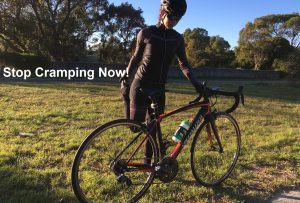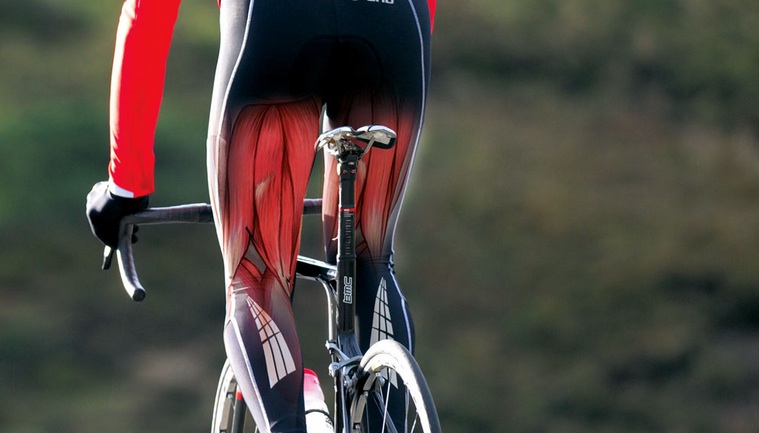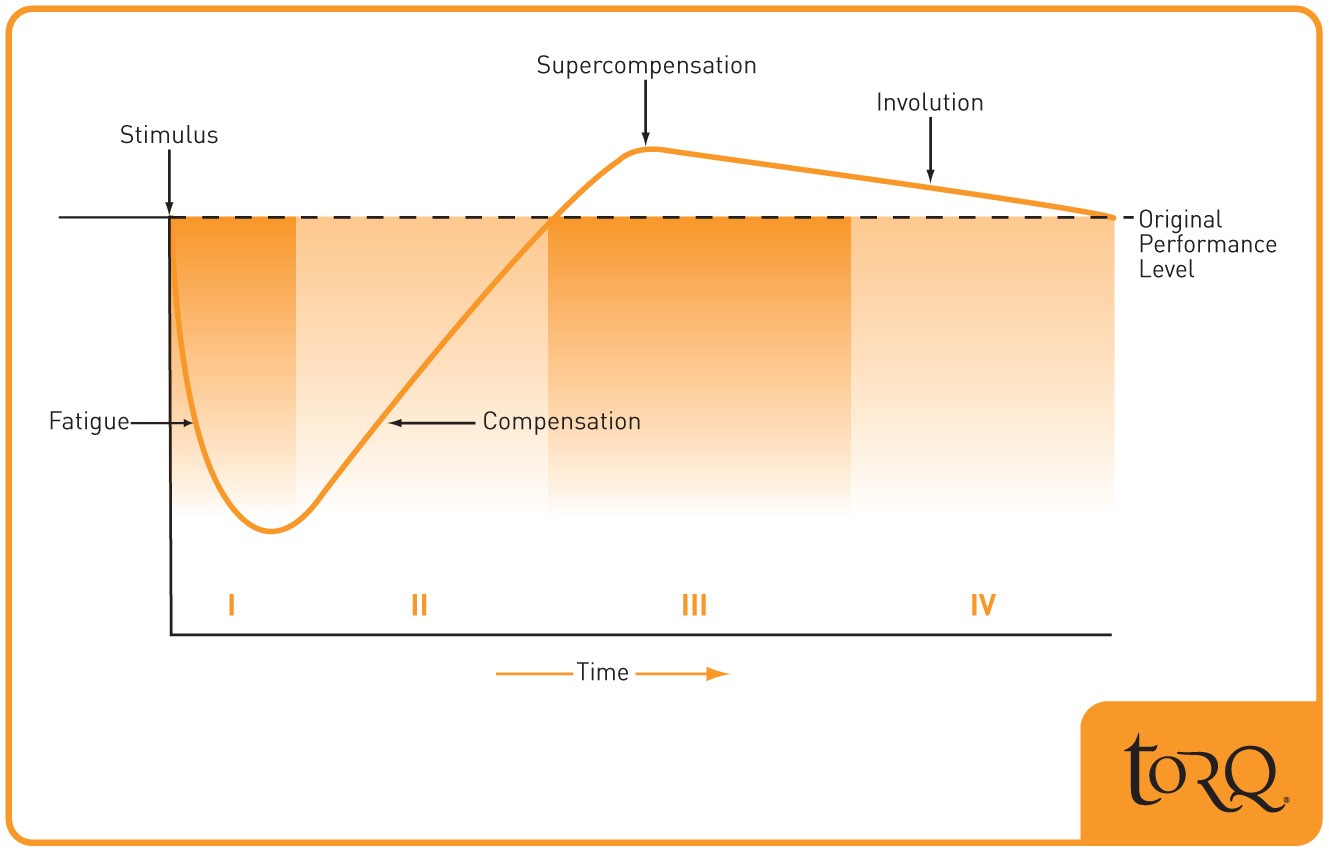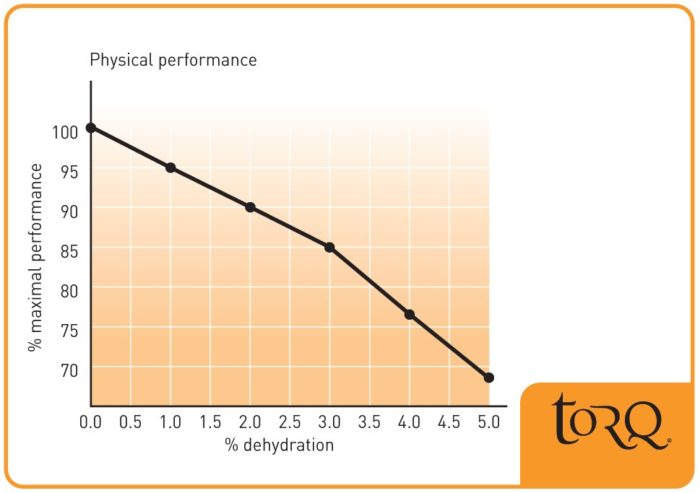Cramping Myths and Hydration Truths
Cramping and fatigue in general are still relatively poorly understood physiological phenomena, but every cyclist has experienced Exercise Induced Cramping, and knows exactly how uncomfortable they can be! There are plenty of myths, anecdotes, and magic cures peddled by companies and fellow riders alike, but what can the Science tell us about cramping?

What Causes Cramping?
Cramping is not necessarily a sign of poor hydration or electrolyte imbalance. Cramping is not necessarily a sign of poor nutrition, poor warm-up, or poor preparation for race day. Cramping is not necessarily even a sign of poor fitness… but all of those factors may contribute to fatigue and cramping.
Exercise Induced Cramping occurs when you push yourself harder and for longer than your body is used to: ie. a combination of greater volume/duration and greater intensity than your body has adapted for.
The current best theory for Exercise Induced Cramping is related to neuromotor fatigue. Basically, the nerves that carry signals to and from your muscles and your brain get tired just the same as your working muscles. Those nerve signals begin to misfire This neuromotor fatigue can send overlapping, uncontrolled signals to your muscles. This can result in twitching, cramping, complete locking up of your working muscles or the feeling of ‘dead-legs’ and an inability to produce power.
Hydration and Electrolytes
When you sweat you lose both fluid and ‘electrolytes’, which refer to a variety of minerals dissolved in the body’s fluids and tissues, and are essential to overall function. Sodium is the most abundant electrolyte lost in sweat, and so ‘salts’ are occasionally used synonymously when talking about replenishing electrolyte balance.
Sweat is hypotonic, that is: the electrolyte concentration of sweat is lower than the electrolyte concentration of your blood. This means that when you sweat you lose more fluid than you lose electrolytes, and therefore fluid loss will be the limiting factor to performance and is more important to replenish during exertion. During activities longer than 90min, and especially endurance events longer than 4 hrs you will lose both fluids and electrolytes to sweat, and both will need to be replenished.
Studies have shown that performance is negatively affected when total body weight loss approaches -2% via fluid loss (although even this finding has conflicting evidence). You should aim to replenish fluids during activity to avoid this extent of fluid loss. A general guideline is to drink at least one bottle – 500-750 ml – of fluid per hour.
Can you Drink Too Much?
You may have heard horror stories about athletes over-hydrating during endurance events and suffering from hyponatremia, or severely low electrolyte imbalance. These instances are an extremely low percentage occurrence and most often only seen in extreme ultra-endurance events. Studies found only 0.1-4% of an ultra-endurance population exhibited signs of hyponatremia, compared with 80% occurrence of basic dehydration.
Under-hydration can affect your performance during even short-duration activities and should be a far more significant consideration than over-hydrating. You have to try really hard to give yourself hyponatremia, but dehydration takes effort to avoid.
Fluid and Nutrition
Drinking an electrolyte-fluid mix can be effective to maintain performance and avoid cramping and fatigue, but the fluid is certainly more important than the electrolytes in that bottle of mix. Mix offers a more obvious advantage to performance, of course: as a nutritional source of carbohydrates (sugar/glucose). Some electrolyte supplements can be low or zero calorie, but more common is for drink mix to contain both carbohydrates and electrolytes.
Briefly: nutrition is a completely different topic which I won’t tackle here, but suffice it to say that calories from carbohydrates, protein & fats are significantly more important to performance over a multi-hour endurance event than electrolytes. You don’t have to choose one or the other!: carbohydrate + electrolyte mixtures can be a great way to replenish both on the bike! For optimal performance, you probably need to be eating more than you think!
I would suggest that if you find that drinking a carbohydrate/electrolyte mix helps you avoid cramping and boosts your performance, this is more than good enough reason to continue what works! This may be in order of importance; 1) the fluid; 2) the nutritional calories, and finally; 3) the electrolytes.
So What Should You Do?
The first thing that needs to be said is don’t worry about changing anything if you know what works best your you! Your body is very good at regulating itself: It will take in whatever you give it with very little fuss. The science indicates it should be unnecessary to supplement salts or electrolytes as long as you eat properly leading into your cycling event. You should get all the salts, minerals and electrolytes you need from a nutritious diet, not to mentioned ensuring optimal performance on the bike. Longer events will require fluid, electrolyte, and calorie replacement and you can get that from any combination of solid foods, gels, or drink mixes.
How to Prevent Cramping?
- Nothing magical, just expose your body to greater duration and intensity of training stimuli. ie. go harder for longer, and next time you won’t cramp as early into your event! Training in the heat will assist acclimatization to the heat, and training in the cold, to the cold. You can experience cramping in any conditions to which your body is poorly acclimatized to.
- Take care of the low-hanging fruit as part of your pre-event preparation: Ensure you are fresh, well-rested, with sufficient nutrition and hydration in the days leading up to a particularly hard event. Come prepared with sufficient nutrition and hydration for the length & intensity of the event and for the expected conditions on the day. TrainingPeaks has a fantastic guideline for basic pre-, during, and post- race nutrition & hydration planning.
- There is also a potential genetic predisposition to cramping. so… get different parents? 🙂
How to Relieve Cramps Once They Start?
- The fastest & most reliable method of temporarily easing cramps is passive stretching. Trying to stretch a cramping hamstring while on the bike is a good way to come to grief, but if you can slow up or even dismount and stretch the affected muscle it can provide much needed relief.
- Continuing to hydrate remains important when you begin to cramp. Cooling via fluid intake will also help. However by the time cramping is occurring, hydrating and cooling probably won’t have a quick enough effect. You’ll be forced to slow down first, which probably has a more direct benefit.
- Speaking of slowing down, an obvious (and often unavoidable) way to reduce cramping is simply to reduce your effort. This eases the demand on your working muscles, your heart & lungs, and also your neuromotor system by reducing the amount of voluntary nerve signalling to your muscles. This allows your entire neuromotor system to relax and recover.
- Finally, recent headlines have highlighted using pickle juice, capsaicin (spicy pepper, chili powder, etc.), vinegar, or mustard as cramp cures. I haven’t explored the evidence in-depth, but the proposed mechanism is not actually the salt in those foods, but rather that the spice/acidity of these foods overpowers the rest of the neurological system and reduces nerve firing activity globally through your body. Similar to how biting your tongue “distracts” you from the pain of your stubbed toe.



